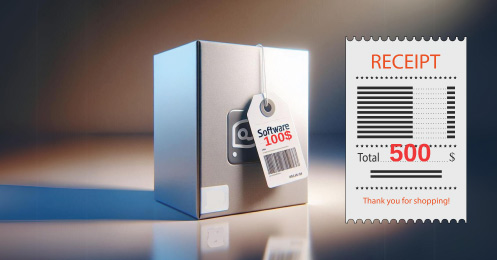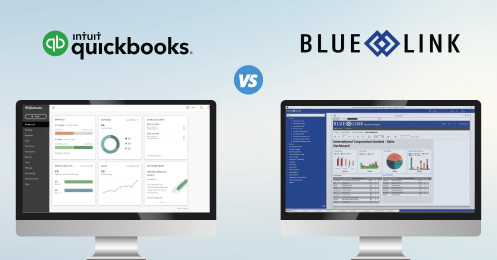If you know what bank reconciliation is, you know it’s a tedious (but necessary) task. If you don’t know what it is, we’ll break it down for you.
Reconciling the bank is the act of matching your internal accounting records (transactions listed in your software) to your bank statements. Basically, you are comparing your “virtual bank” to your “real bank” and ensuring the final balance matches, allowing you to identify unusual activity or potential cases of fraud. This is usually done on a regular basis (month-to-month) but is sometimes conducted more frequently for bigger operations who deal with many transactions.
When starting the process of your bank reconciliation, many small businesses are used to using introductory software like QuickBooks, which allows you to import transactions from your bank statements directly into the software. And while accounting is no easy subject and a professional CPA requires a salary that a small business may not be able to afford, managing bank reconciliations this way is not a good idea.
Importing your bank statement can, without a doubt, make the bank reconciliation process faster but when a small business owner is importing bank transactions and using the bank’s records as a transaction source, they are actually conducting their accounting activities backwards.
Here’s why.
If you’re using bank statements as a source document, it means, for example, that you’re using the evidence of payment to a supplier as the starting point of a transaction instead of it being the “end” of the transaction. The flow of entering data should start with the invoice from the supplier as the source document and not the bank statement. If you issued payment to a supplier on, say, the 15th of the month, but it only clears your bank a week later, then by relying on the bank as a source, on the 20th you would incorrectly think you still owe that payment.
Perhaps you’re still wondering why using bank statements as a source document is considered backwards when bank statements show the current “real” money in your accounts. Well, the issue with using bank statements as a point of truth versus your own records, means you could be missing fraudulent activities or gross errors in the movement of your money, without having some kind of record of that movement. It’s not difficult to reconcile your bank accounts, even when you have a lot of transactions, but it is an on-going process, and using the right type of software can help. If you follow-through with the process correctly, reconciliation is a task that can help you catch any issues with your transactions.
I want you to think about small businesses distributing to a niche market or only to one geographical location such as the GTA (Greater Toronto Area). These businesses only have so many transactions so it’s unlikely that a payment will slip through the cracks. When a company starts experiencing rapid growth and sales begin doubling, accounting processes are no longer simple. As mentioned above, QuickBooks is just an introductory solution. If you want to take your business global or even national, you won’t be a good fit for introductory software. Now is a good time to think about hiring a CPA or an accounting consultant to help deal with the influx of orders and how to properly conduct your accounting activities on a larger scale. There are also more sophisticated pieces of software, such as Blue Link’s Accounting ERP, that can help you better manage your accounting processes as a growing business. This will help you avoid future mistakes or any issues with the bank.
To help you determine the right kind of software for your business needs, download our Software Buying Guide.
Let’s look at an example.
After conducting a sale, it’s common for the seller to take payment right away and offer an invoice that proves the customer paid for the product/service. In some cases, the payment is not posted right away. There are many reasons why, sometimes a cheque just hasn’t arrived in the mail yet or maybe there was an issue with the bank for whatever reason, also, credit card payments frequently only show up in the merchant’s bank account a few days later. (You might notice on your own personal credit card, that transactions are not always posted in accordance with the date of purchase.)
As a way to keep track of the transactions that have not been posted, one of the best practices when conducting accounting activities is noting a transaction during the invoice stage. Let’s say you buy from a supplier on the 3rd of January and agree to make payment by cheque which must be received by the end of February. You decide to note the transaction on the 3rd and the cheque is mailed. Since you conduct bank reconciliation on the 30th of every month, you’re able to see on January 30th that the cheque was sent out on the 3rd but has not been processed by the bank yet. This gives you the ability and time to understand what happened. Maybe the cheque bounced, and you can update your supplier with a new cheque before the deadline. If you were to just look at your bank statement for this period, your account would be higher by the amount of the cheque, leading to a false sense of your cash flow.
When you conduct bank reconciliation as the last step of the accounting process in Blue Link’s ERP software, you will clear all the matching transactions (that are in Blue Link and on the bank statement). You are then left with only the outstanding balances giving you the ability to stay on top of your finances.










